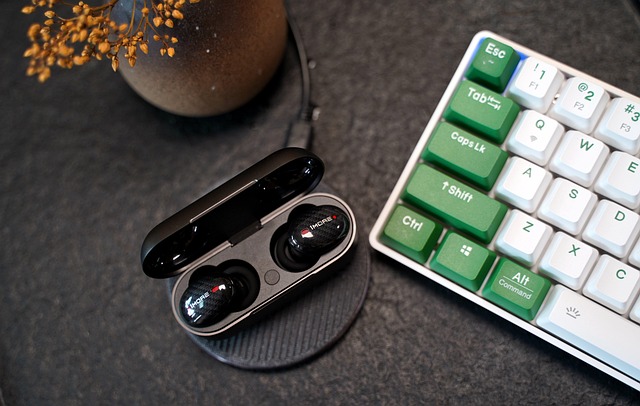The Ultimate Guide to Image Noise Reduction Techniques for Crystal Clear Displays
When it comes to visual technology, nothing undermines a beautiful picture like annoying image noise. Whether you’re watching your favorite show on a sleek TV or working diligently on your monitor, image noise can disrupt the clarity and quality, leading to frustration rather than enjoyment. This comprehensive guide will dive into effective image noise reduction techniques to help you achieve crystal clear displays, bringing your visuals to life in dazzling detail.
Understanding Image Noise
Before tackling the various techniques for image noise reduction, it’s vital to understand what image noise is. Image noise refers to unwanted variations in brightness or color information in images, resulting from several factors such as low light conditions, high ISO settings in cameras, or poor display technologies. The result can appear as grainy textures, random color pixels, or other distortions, which diminish the quality of your viewing experience.
Key Image Noise Reduction Techniques
Fortunately, several methods can help you reduce image noise and improve your viewing experience:
1. Use of Advanced Display Technology
Modern display technologies incorporate various noise reduction features. Many televisions and monitors come equipped with proprietary algorithms that analyze incoming video signals for noise. Invest in a display with these built-in features; they often work in real-time, effectively smoothing out imperfections as they are displayed.
2. Adjusting Camera Settings
If you’re working with images or video footage captured on cameras, adjusting settings such as ISO sensitivity, shutter speed, and aperture can significantly influence the amount of noise in your visuals. Lowering ISO levels in well-lit environments can drastically reduce noise. Similarly, utilizing faster shutter speeds can capture cleaner images, minimizing motion blur and noise.
3. Post-Processing Tools
If your images or video have already been captured and contain noise, numerous software tools can help you reduce image noise during the editing process. Applications like Adobe Photoshop, Lightroom, and specialized noise reduction software offer powerful tools that analyze images and reduce noise without sacrificing detail. By applying these techniques during visualization, you can enhance the overall aesthetic.
4. Ambient Lighting Considerations
When using monitors or televisions, ambient lighting plays a crucial role in reducing perceived image noise. Well-lit spaces can help diffuse the visibility of noise. Instead of relying solely on the display’s capability, consider your environment and how it interacts with the display technology you are using.
5. Regular Maintenance and Calibration
Keep your equipment in optimal condition by performing regular maintenance and calibration. Dust and dirt on screens or within projectors can compromise image quality, causing more apparent noise. Additionally, regularly calibrating your display ensures that colors and brightness levels are accurate, further minimizing noise and enhancing your viewing experience.
Bringing It All Together
When it comes to watching your favorite shows, creating digital art, or working on projects, image noise reduction is fundamental to achieving a high-quality display that captivates and inspires. By implementing the techniques discussed above, you can enjoy the stunning clarity and vibrant visuals your devices promise, transforming not just the way you see images but also how you connect with them. With the right approach, say goodbye to annoying noise and hello to crystal clear displays!




